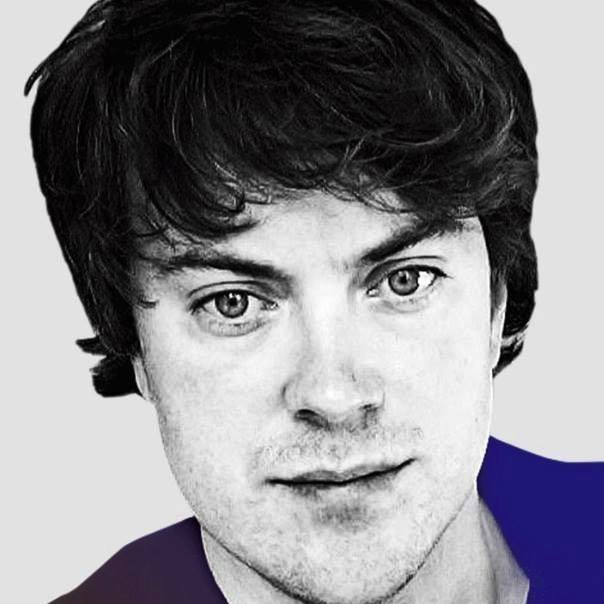1
How much cholesterol you have
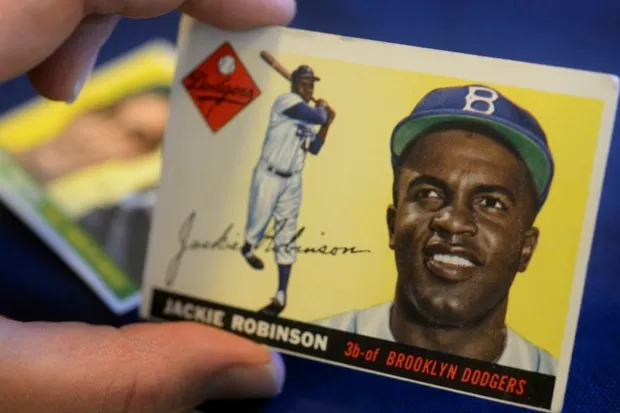
“Mirror, mirror on the wall, who’s the fittest of them all?” Asking this very question might become a commonplace occurrence once theWize Mirrorgoes on sale. The device uses five compact cameras and a 3D scanner to measure facial skin tone, the amount of fat on the face and facial expressions. It also analyses breath. Based on this data, the mirror estimates factors such as cholesterol levels, glucose levels, anaemia, weight gain and stress. If you’re looking a little run-down, the idea is the mirror will provide you with tailored health advice to get fit again.
Right now, the mirror is still only at a prototype stage. For a more immediate estimate of your longevity, find some old photos of yourself and see if you’re smiling. A recent analysis of baseball photos in a 1952 register found that of the players who’d since died, those pictured with a genuine smile had lived to age 80, on average, compared to an average age of 73 among the non-smilers.
2
How trustworthy you are
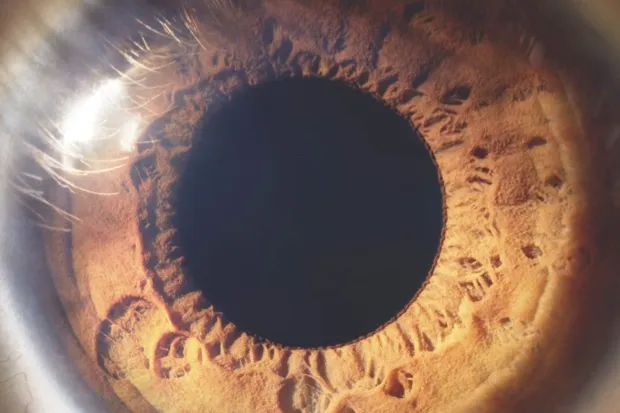
We routinely make assumptions about each other’s traits based on facial appearance. Sometimes these inferences are made quickly, suggesting that we can gather significant clues in a split second.Generally, faces that are babyish (think less pointy, with a high forehead) are rated as more trustworthy.
Other face-based character assumptions appear at first to be tied to specific facial features, but the reality is more complicated. For example, there’s evidence that men with brown eyes are perceived to be more dominant than men with blue eyes. But when a blue-eyed man dons brown contact lenses, this does nothing to increase how dominant he appears to strangers. This suggests there’s something else about brown-eyed men that creates an impression of dominance.
There’s some recent evidence that we can overcome the personality signals given off by our static facial structure, simply by pulling the right facial expressions. Psychologists call this ‘social camouflaging’ and it was demonstrated in a study published in 2014 by researchers at the University of Glasgow. An animated face morphed to look optimally untrustworthy based on its basic structure was rendered trustworthy by programming it to pull a facial expression that involved raising the lips and cheeks. “Social camouflage of dominance and trustworthiness is probably commonplace in everyday interactions,” the researchers explain.
3
What mood you're in

Since Charles Darwin first compared the emotional displays of humans and animals, it’s been argued by many experts that humans exhibit six basic emotions via six core facial expressions: happiness, surprise, fear, disgust, anger and sadness. No-one disputes that facial movements convey what we’re feeling, but there is some debate over the cultural universality of the emotional expressions.
At the Royal Society’s 2015Face Facts exhibition, researchers from the University of Glasgow presented their evidence that the interpretation of emotional facial expressions is not, in fact, universal. They used a unique 3D computer system to create digital avatars that could independently manipulate all 42 muscles in the face. The researchers then presented participants from a Western or an East Asian background with these avatars showing random combinations of facial muscle movements, and the participants had to say when they recognised one of the six basic emotions.
There were differences in how the Westerners and East Asians responded – for example, the East Asians were a lot less consistent in how they categorised some emotions (especially surprise, fear, disgust and anger), and saw movements of the eyes as more important for interpreting emotional intensity.
Quoting Darwin, the researchers say: “Although some basic facial expressions such as fear and disgust originally served as an adaptive function when humans ‘existed in a much lower and animal-like condition’, facial expression signals have since evolved and diversified to serve the primary role of emotion communication during social interaction.”
4
How well you fight

The shape of your face is related to your fighting prowess – if you’re a man. Psychologists made this discovery in 2014 after analysing photographs of over 200 mixed martial artists in the Ultimate Fighting Championship (UFC). Male fighters with faces that were wider relative to their length tended to win more fights, and the association held even after factoring out the influence of body size.
The result chimes with past research linking facial width with aggression. What’s more, it seems we intuitively know that this facial characteristic is a marker of pugilistic prowess. When the researchers manipulated fighters’ photos to make their faces appear wider, this led observers to rate the fighters as more deadly.
Another temporary facial cue to fighting ability is a smile. Across the animal kingdom, it’s common for a smile to be used as a signal of submission. Consistent with this, a 2013 study of UFC fighterspublishedin the journalEmotionfound that those who smiled at a pre-match face-off were more likely to lose the ensuing confrontation. “Smiles appear to play a unique role in physical confrontations, as a sign of a person’s reduced physical dominance,” the researchers say.
5
What you're reacting to
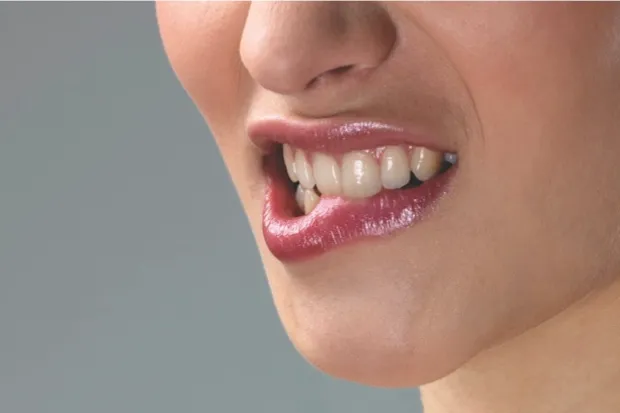
Do you think you could tell what had just happened to someone from a short, silent video of their facial reaction? Specifically, could you tell whether they’d been told a joke, heard a sad story, received a compliment or been made to wait for five minutes?
This is exactly the challenge that University of Nottingham psychologists gave their participants for a study published in 2012, which they say was a more realistic test of the way we interpret each other’s facial expressions than simply naming the emotion on display. The participants averaged around 60 per cent accuracy – not great, but if they’d just guessed each time, their accuracy would only have been 25 per cent. Accuracy was especially high (90 per cent on average) for recognising when someone had been made to wait.
In general, participants who were more accurate tended to focus more on the mouth region. The researchers say: “From observing just a few seconds of a person’s reaction, it appears we can gauge what kind of event might have happened to that individual with considerable success.”
6
Whether you're arty or scientific
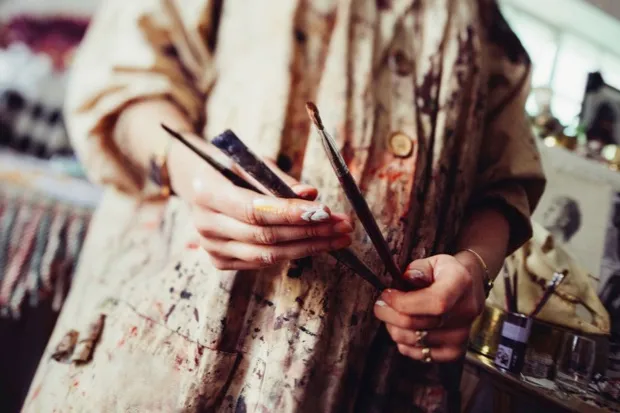
Many of us have a side of our face that we prefer, and that we turn to face the camera for photos. However, an analysis of thousands of university academics’ homepage photos suggests there’s more to this than vanity. Engineers, mathematicians and chemists more often posed with their right cheek forward, while arts scholars and psychologists more often posed with their left cheek showing. There was also a gender difference, with female academics more likely to display a greater amount of their left cheek.
Theresearch, led by Owen Churches at the University of South Australia says that the findings were consistent with past work suggesting that more emotionally expressive people tend to pose with the left cheek on display, and that naive observers assume right-cheek posers are more scientific.
“Academics be warned,” the research concluded. “We present ourselves to our students and colleagues in our profile pictures, and the way we do so may reveal more about ourselves than we think.”
7
What lifestyle you lead
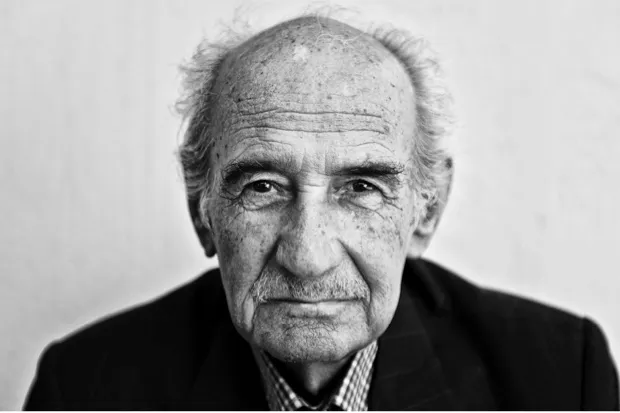
In 2015, researchers at the Chinese Academy of Sciences reported that they’d used computer imagery to generate 3D models of over 300 people’s faces (aged 17 to 77), andused these models to look for correlations between specific facial features and age. For example, older people tended to have wider noses and more sloping eyes. Some people had faces that were ‘young’ for their age based on these markers, with any two people of the same chronological age differing by around six ‘face years’ on average.
Facial age correlated more strongly with objective markers of health, such as cholesterol levels, than with chronological age – showing that a person’s lifestyle is indeed written in their face.
8
How much pain you're in
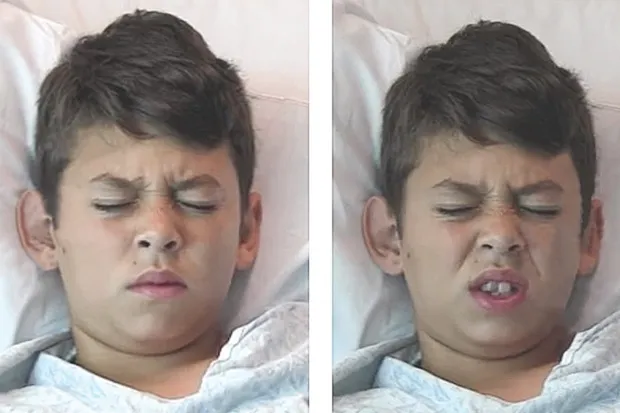
It’s often difficult for people to articulate their pain, especially children. Thankfully, researchers at the University of California recently announced that they’ve created a computer algorithm that decodes videos of children’s changing facial expressions to determine how much pain they’re in.
The algorithm was tested on children aged five to 18 who were recovering fromappendixsurgery, and its estimates of their pain correlated well with their self-reports – better, in fact, than the estimates made by nurses.
An advantage of this technique is that it could provide a continuous measure of a patient’s pain. Scheduled assessments, by contrast, can miss those times when a patient is suffering the most. Moreover, the computer program is not biased by a patient’s age, gender or ethnicity, and could be used for children who are too young to communicate how much pain they’re in.
9
Your sexuality

Your face gives away a lot – but not your political leaning. Researcherstested thisin 2011 when they asked 19 subjects to look at the faces of 90 unfamiliar backbench male British MPs and to say whether they were from the Labour or the Conservative party (using a rating scale to show how confident they were in their guesses). The results showed the participants were unable to judge the MPs’ affiliations from their faces. MPs with beards or glasses were excluded in case these were used as cues.
Sexual orientation is another matter. Research from 2008 by Tufts University found that a 50 millisecond glimpse of 90 men’s faces was enough for undergrad students tojudge their sexuality(homosexual or heterosexual) with an accuracy of 57 per cent, which is superior to chance. “The rapid and accurate perception of male sexual orientation may be another symptom of a fast and efficient cognitive mechanism for perceiving the characteristics of others," the researchers say.
10
What you eat

If someone has an orange glow, it’s tempting to assume they’ve been spending too much time on a sunbed. In fact, a person’s diet – specifically the consumption of carotenoid-rich fruit and veg such as carrots – can also affect their skin in a similar way, making it appear more yellow.
In 2014, psychologists from the University of Leeds and the University of St Andrews showed that faces made more yellow through diet were rated more attractive by observers than the same faces with an equivalent suntan. It’s thought that skin turned yellow through diet is attractive because it’s a sign the person is in good health.
This extract came from issue 286 ofBBC Focus magazine- for complete featuressubscribe here.
